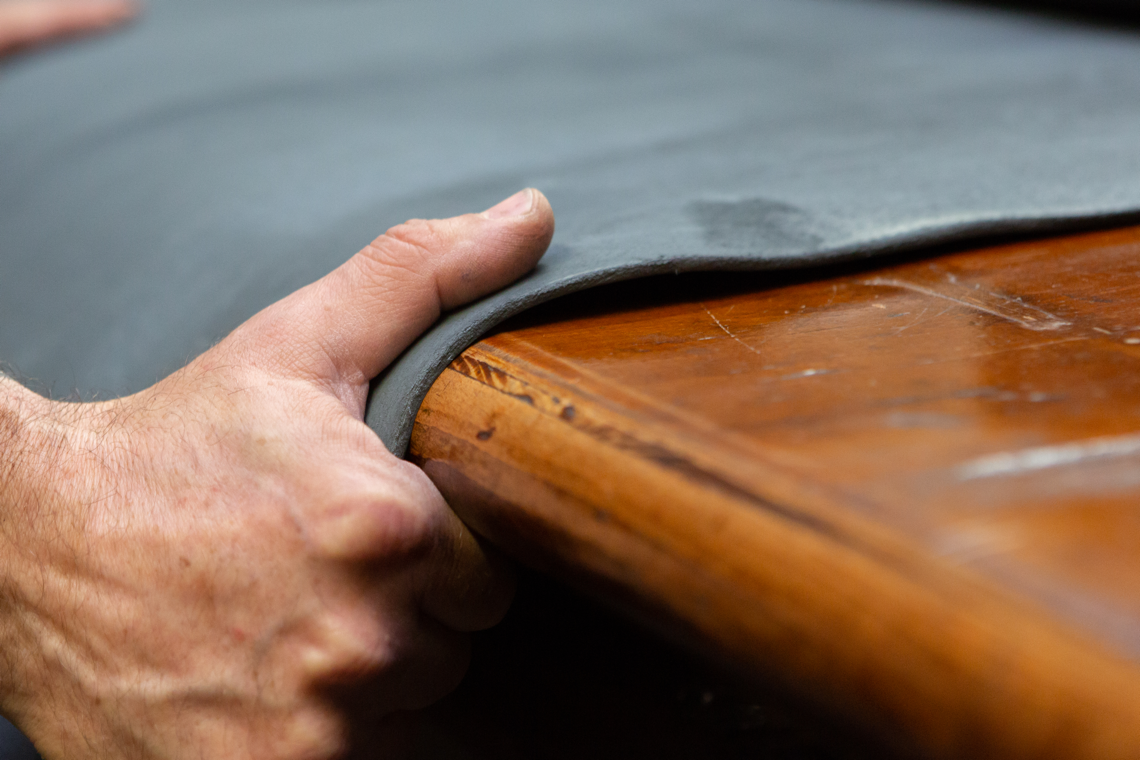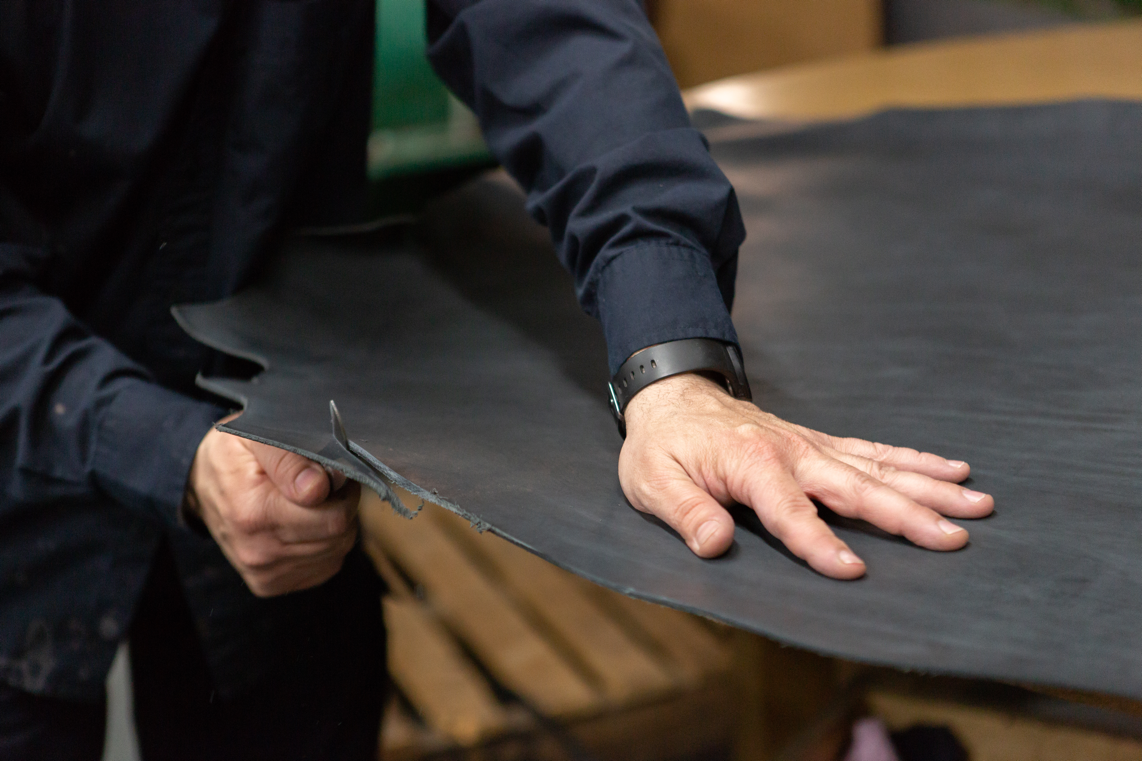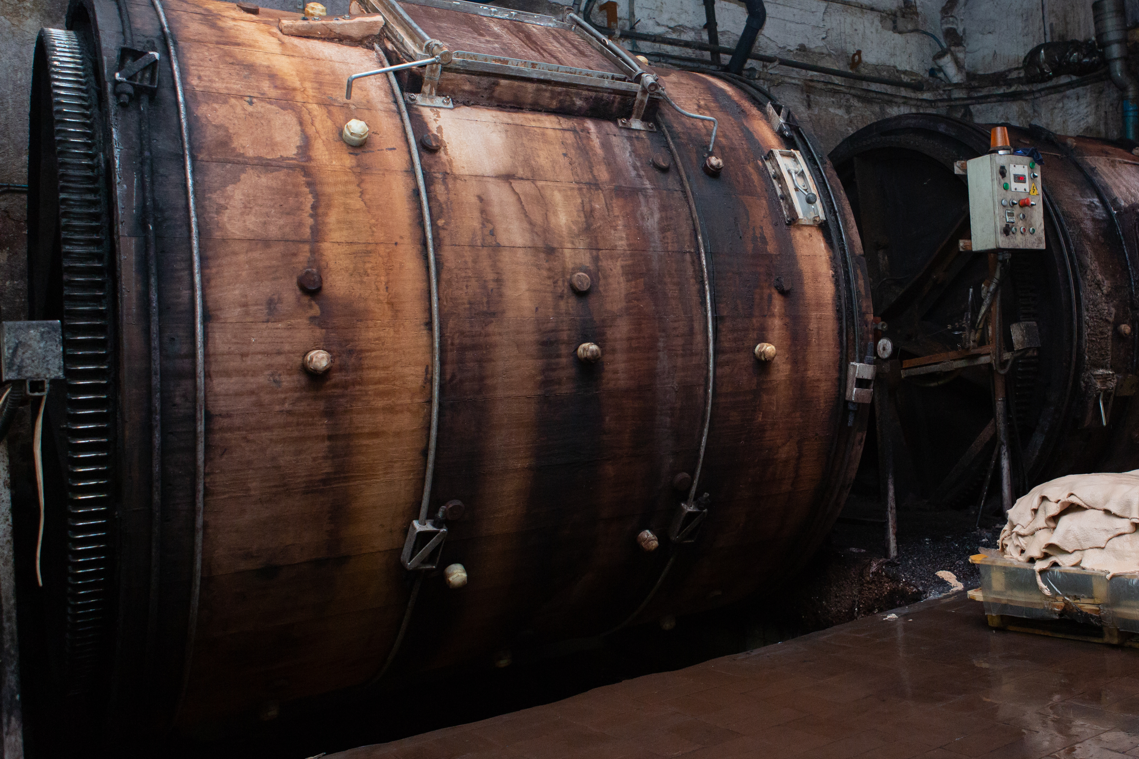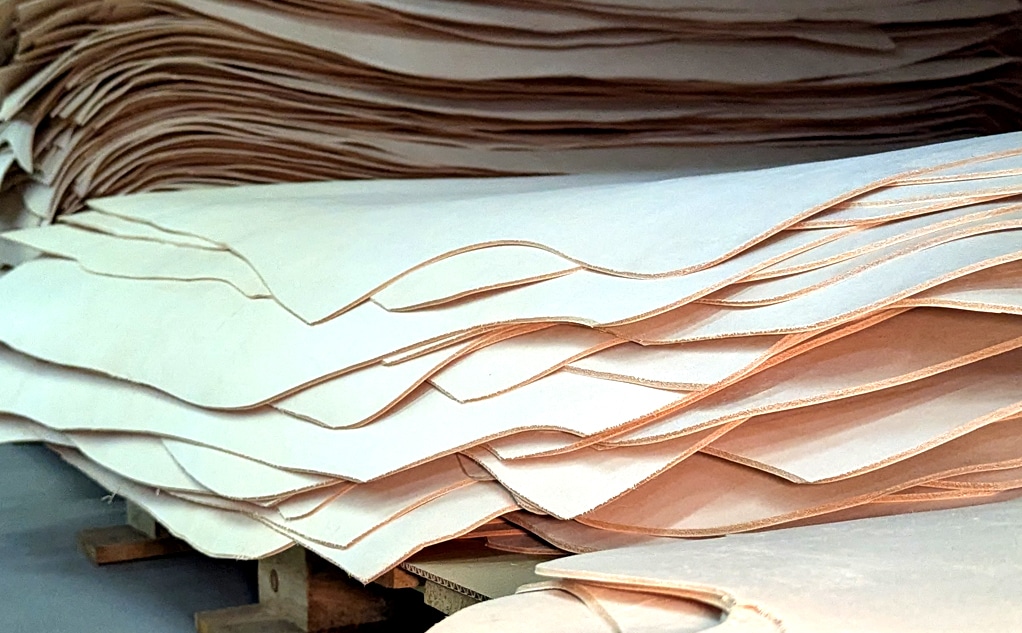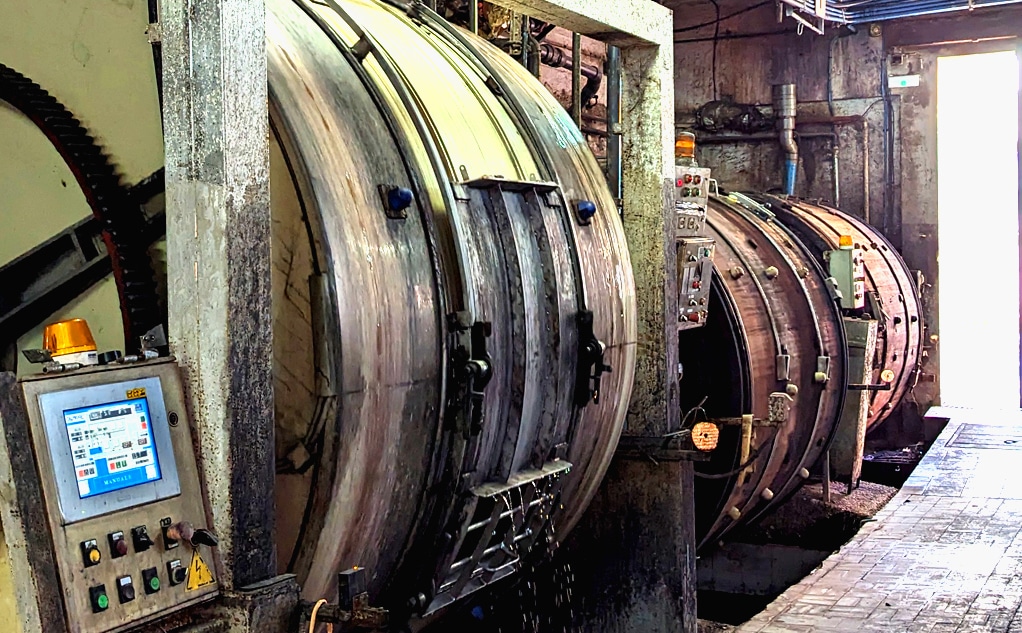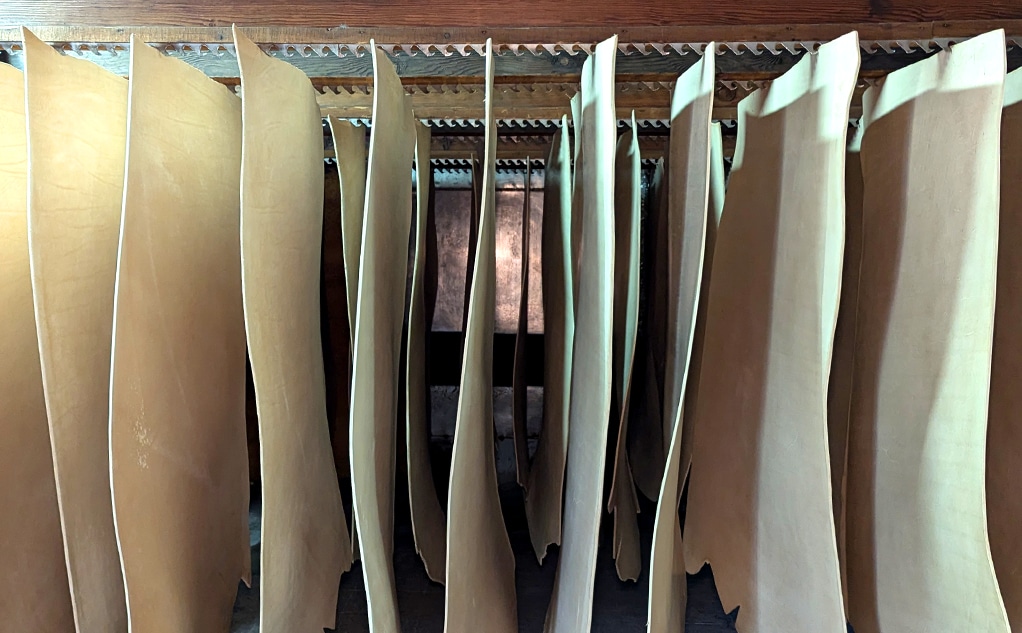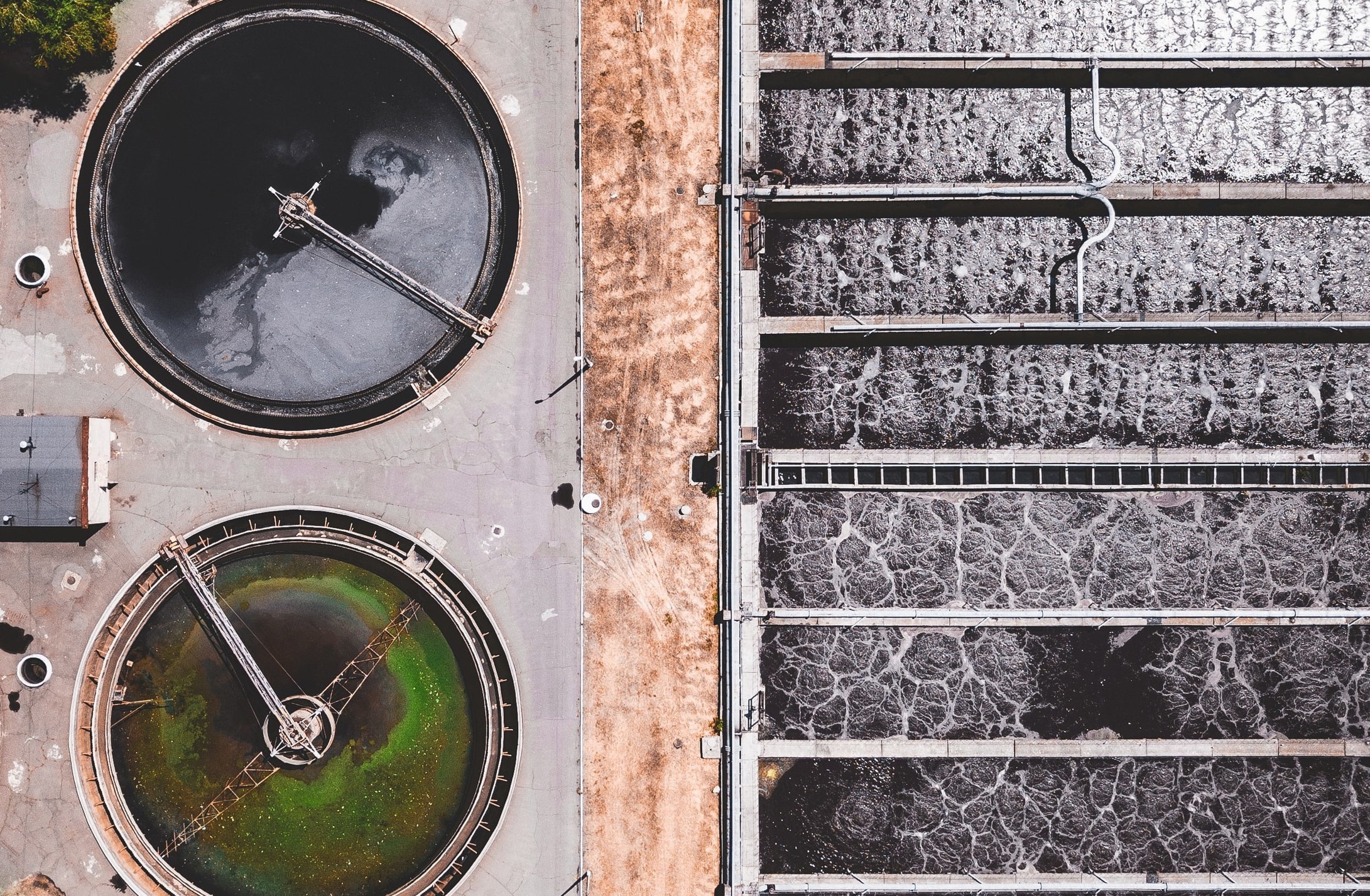
Ecology
Odour and emission reduction in leather tanneries
16 / 05 / 2021
Content posted by: One4Leather.
One 4 Leather recently published an article entitled “Odour and emission reduction in leather tanneries”.
There is a lot to be said for the reduction of chemicals and hazardous substances in production and products. After all, health and safety matters to us, animals, and our planet. However, the natural alternatives we used in the past are not always something we would like to return to, particularly when it comes to leather tanning.
Leather tanneries were located on the outskirts of towns, preferably on the far end so the wind would not carry the smell. Animal hides were originally processed using urine and dog faeces. The urine would help clean the leather, whereas the faeces contain enzymes that helped prepare the collagen in the hide. As this was often done in the open air, the smell of urine, faeces and decaying wastes were carried by the wind. Not particularly enjoyable, but a regular part of city life in the olden days. Up until the Victorian age, it was perfectly normal for the inhabitants of cities to collect dog faeces and urine for the exact purpose of leather making, therefore, the streets were relatively clean.
Modern processing has removed the need for these odorous ingredients. Even vegetable tanning, a method that also used the old technologies, has modernised. However, modern use of chemicals and other agents bring with them a new challenge: to manage the processes and chemistry to minimise any odour.
Modern tanning methods may have gaseous emissions. More often than not, the chemistry of tanning is carefully controlled to prevent any emissions, but where they do arise, the gaseous emissions are controlled using modern technology, such as filtration systems, which capture any emissions and prevent them from going anywhere.
The European Leather Industry reports significant reductions in VOCs in leather production. Greener chemistry and effective (waste)water management have contributed to a reduction of pollutants in the exhausts from tanneries. Tanners have also invested in circular processes where process heat is reused for thermal processes (or green energy, lowering CO2 and NO2 Production.
You can read the original article HERE.



